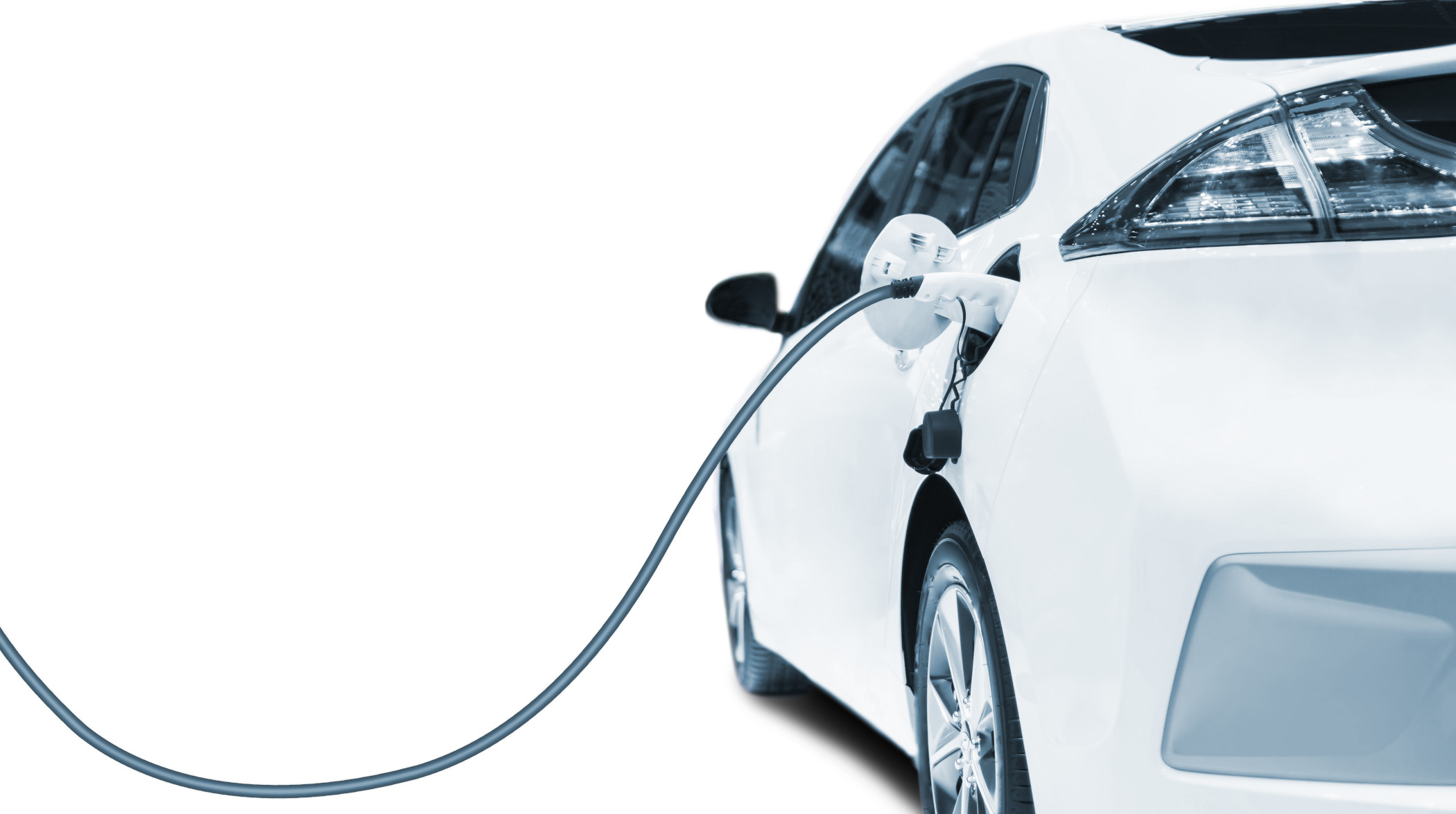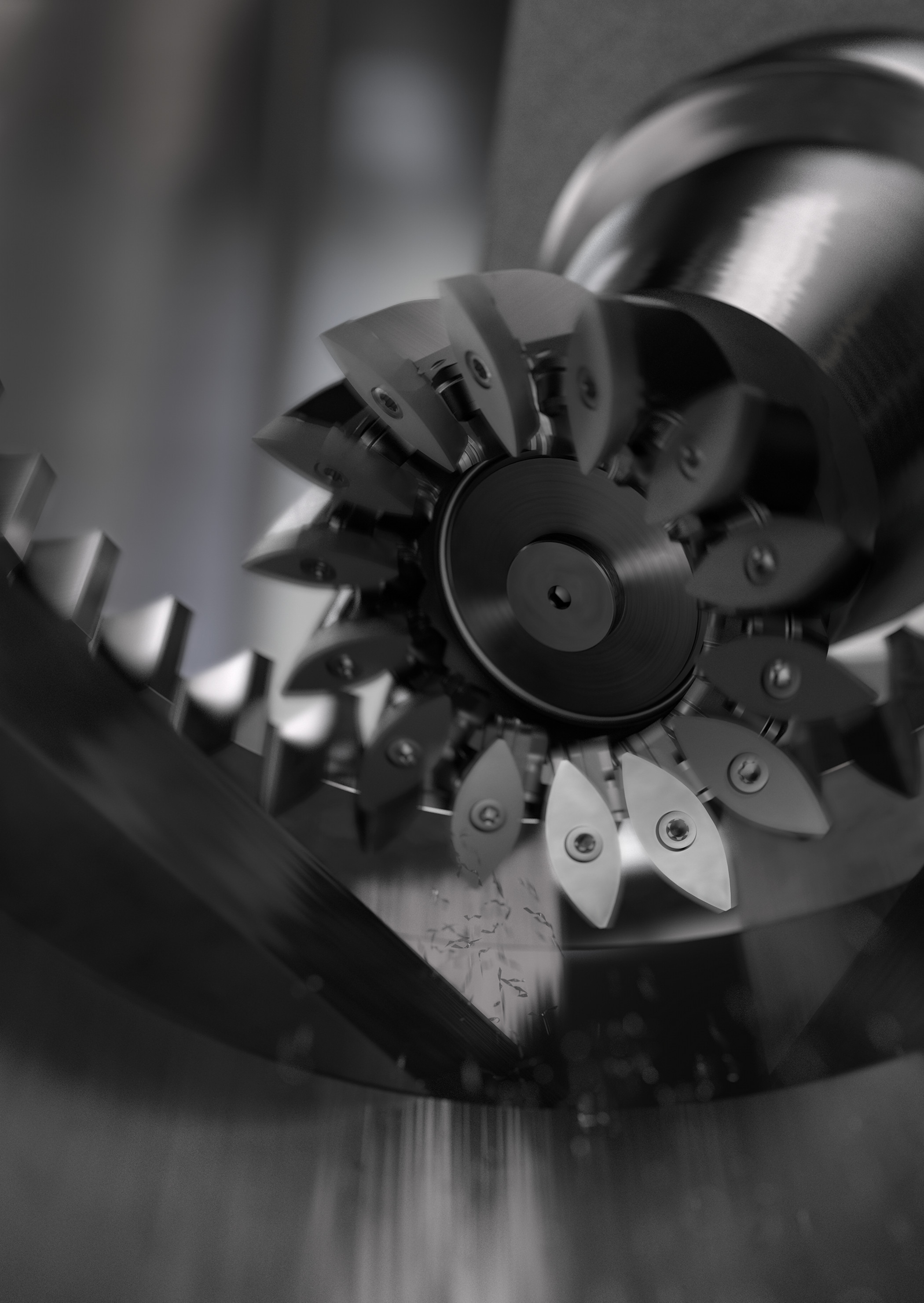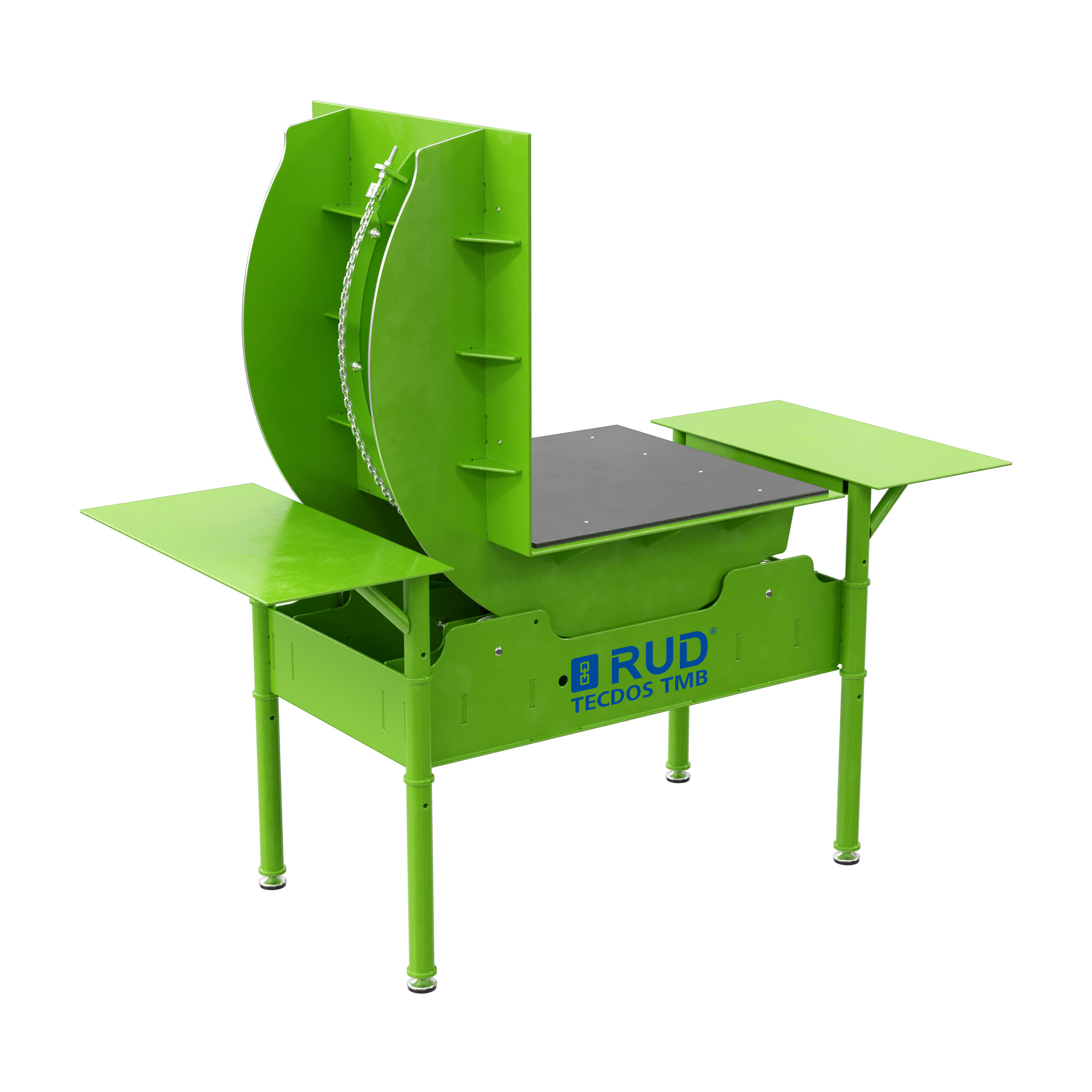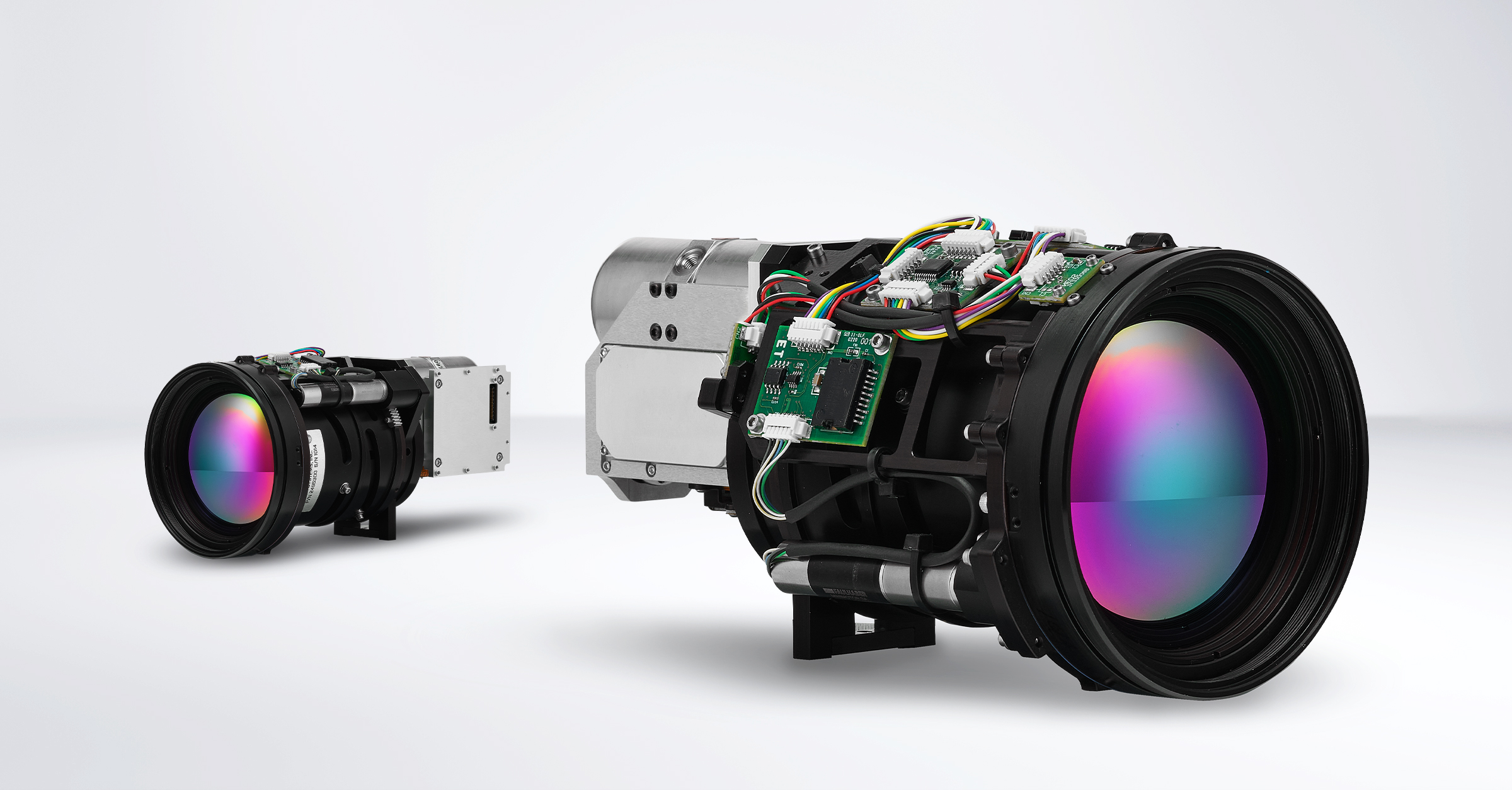One-stop solutions bring cost-savings for manufacturers

New ways of machining transmissions
The definition of insanity is the repetition of the same action and expecting better results. This could apply to machining gear components, around which the landscape is changing and demand for cost-reduction is rife. Here, Harish Maniyoor, Global Product Manager for Automotive at machine tooling specialist, Sandvik Coromant, explains how three new ways of machining transmissions can help manufacturers do more with a less.
Machine shops have faced variable high and low-demand scenarios during the COVID-19 pandemic. However, whatever their circumstances, cost-cutting remains a priority.
Take the machining of gears. Manufacturers want more flexibility in gear machining, but achieving this while reducing costs is not straightforward. Traditionally, projects that involved machining gears would depend on special machines and processes, especially in mass production. This means limitations — and often higher costs — in the production process.
Three new ways of machining transmissions that make getting beyond these limitations possible. Moreover, these advantages go beyond automotive into areas like general engineering, wind power, aerospace and even robotics.
Power skiving
Power skiving is a rotary cutting technique where the tool meshes with the gear being made. The continuous cutting process enables all machining to be carried out in one single set-up. In essence, it combines hobbing and shaping, and the intersecting angle between tool and gear axis and the revolution speed is decisive for productivity.
Power skiving has been around for more than 30 years — so, why am I talking about it in an article on new ways of machining transmissions? Because, the machining landscape is changing in ways that will effect a variety of sectors — including manufacturing transmissions for electric vehicles (EVs). Let me explain.
Electric vehicles
The received wisdom used to be that EVs don’t need multiple gears or transmissions. But this view has changed, and the likes of Tesla and Porsche are rolling-out multi-gear EVs. Electric motors achieve much higher revs per minute (rpm) than conventional cars — 20,000 rpm in electric motors versus just 4,000 to 6,000 rpm in conventional combustion engines. So, a reduction gearbox is needed to reduce these rpms to a manageable level.
These EV transmissions also must be hard-wearing to withstand higher rpms, and are tougher to machine as a result. Less obvious is that, when producing these parts, manufacturers must focus on the metal removal rate, which expresses the speed of the machining of the workpiece.
Another major demand for EV transmissions is lower noise from the gearbox, since there is no noise from engine. This means producing components with tighter tolerances and entails more challenging machining.
So, the question for machine shops should be: is it fast productivity you’re looking for, or something else? Such agility cannot depend on traditional transmission manufacturing processes. Instead, power skiving makes it possible to machine the complete component in a multi-task machine or machining centre, in a single set-up.
This shortens production time, improves quality and reduces handling and logistics costs.
The advantages of power skiving were shown when Sandvik Coromant was asked by a large automotive customer in Sweden to supply a component machining solutions.
Working with the customer’s automotive development team, the project proved that power skiving is possible with two 5-axis machines, using Sandvik Coromant’s own CoroMill® 180 indexable power skiving cutter. The CoroMill 180 is designed for high-output gear and spline production.
The customer achieved a better-than-expected cycle time. The customer had demanded it be within 14 minutes-per-component and achieved a cycle time of less than 1- minutes-per-component.

Aerospace
The advantages of power skiving are not limited to automotive, but stretch into other sectors, including general engineering, wind turbines, aerospace and robotics.
Aerospace in particular, is prioritizing cost reduction. The effects of the COVID-19 pandemic on the industry have reported extensively with Airbus reporting that its aircraft production rates have dropped by 30%.
Like EVs, older aerospace engines are being upgraded for better performance and efficiency, so well see an evolution in their production. The flexibility of power skiving has much to offer here, such as in its capability to machine close to shoulders, allowing greater freedom in component design. As aerospace components are made from tougher materials, this can require tougher inserts.
This includes launching a pair of new ISO P-turning carbide insert grades for steel turning, GC4415 and GC4425 to its range. Their names apply to the ISO P15 and P25 application area, which refers to the demands that different working conditions impose on machining parameters. Each are designed to deliver improved wear resistance, heat resistance and toughness.
The inserts contain second-generation Inveio® technology, with a uni-directional crystal orientation in the alumina coating layer. Each crystal points in the same direction — this can be seen at the microscopic level — which creates a strong barrier towards the cutting zone, giving the insert even higher wear resistance and longer tool life.
Like power skiving, inserts like GC4415 and GC4425 can deliver predictable wear — and therefore improve machine utilisation and cost savings. Again, the advantages go beyond automotive into general engineering, wind power aerospace, robotics — in fact, any application with a need for gear components.
Whatever the sector, the real advantages are improving metal removal rates, the ability to machine components with one machine in a single setup, and improved machine utilization According to Sandvik Coromant’s own findings, a 20% increase in machine utilization can provide a 10% higher gross profit margin.
Maximized output
Achieving these benefits requires more than using tools like the CoroMill 180. A wider ethos is also needed. That is where PrimeTurning comes into play.
The PrimeTurning methodology is based on the tool entering the component at the chuck, and removing material as it travels towards the end of the component — again, prioritising all-important metal removal rates. This allows for smaller entering angles, higher lead angles and higher cutting parameters. What’s more, conventional tooling can be performed with the same tools, so machine shops can alternate traditional or new processes.
We believe that some applications could see productivity increases over 50% with PrimeTurning. This is aided our CoroPlus® Tool Path software which supplies programming codes and techniques to set up parameters and variables that maximize output.
Whether your answer lies in power skiving, new carbide inserts or PrimeTurning, these new ways of machining can deliver improvements to manufacturers’ processes and most importantly, their bottom lines.
Using these methods, machine shops can break away from doing the same old thing and ensure the price of change really is worth it.
Sandvik Coromant
Part of global industrial engineering group Sandvik, Sandvik Coromant is at the forefront of manufacturing tools, machining solutions and knowledge that drive industry standards and innovations demanded by the metalworking industry now and into the next industrial era. Educational support, extensive R&D investment and strong customer partnerships ensure the development of machining technologies that change, lead and drive the future of manufacturing. Sandvik Coromant owns over 3100 patents worldwide, employs over 7,900 staff, and is represented in 150 countries.
For more information visit www.sandvik.coromant.com





